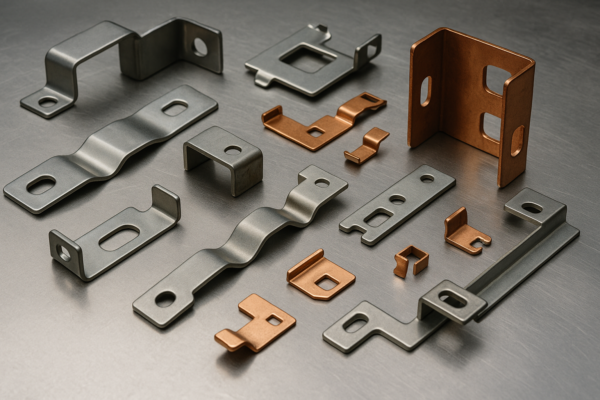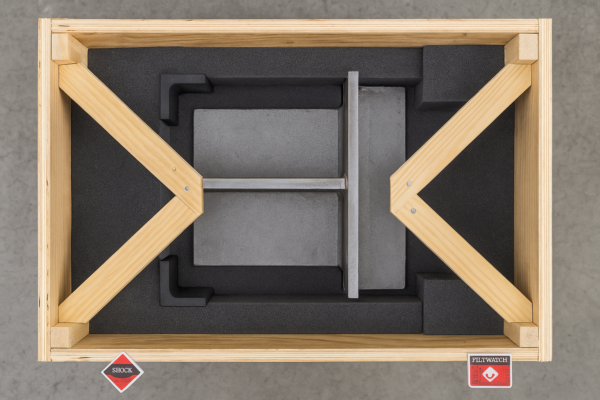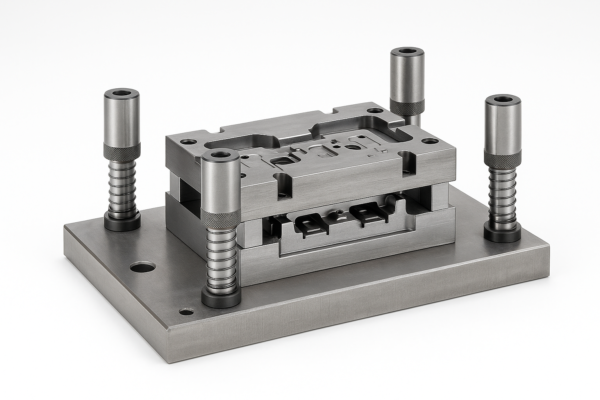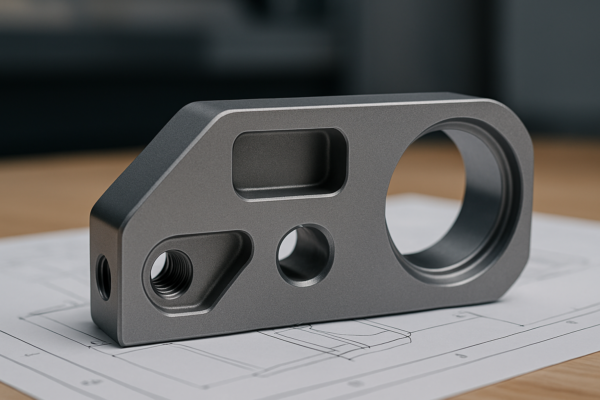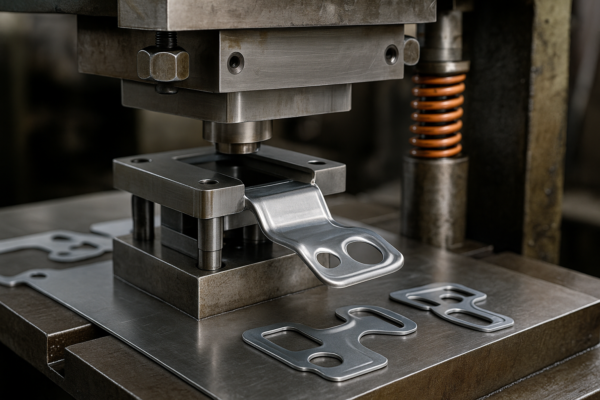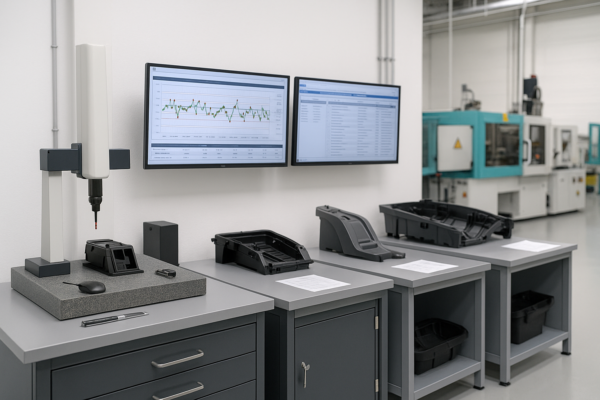What Are the Key Parts of a Metal Lathe?
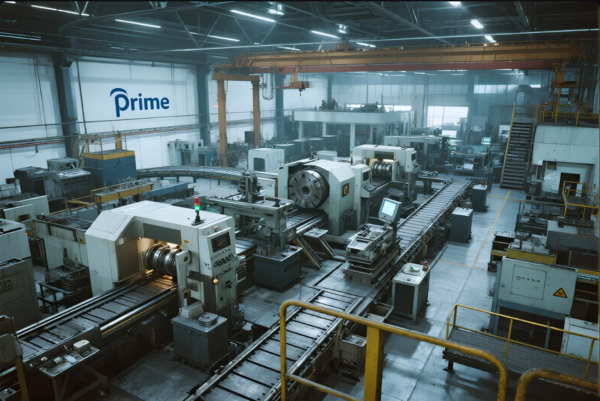
If you’re exploring metal lathe parts for B2B procurement, you know the buying process is filled with technical decisions. Global buyers and industry experts agree: a clear understanding of machine structure, function, and options prevents production delays and wasted budget.
Metal lathes are complex, but mastering their key components gives you greater negotiation power and higher quality results. From the bed to advanced CNC controls, every choice impacts your product’s precision and factory uptime. Use this in-depth guide to benchmark your needs, clarify specifications, and communicate efficiently with international OEM suppliers.
What Are the 5 Main Parts of a Metal Turning Lathe?
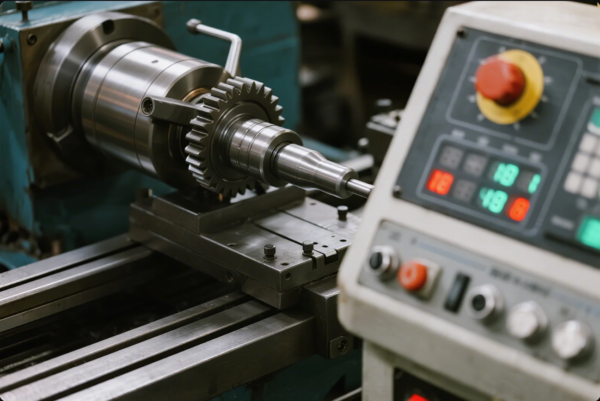
You’ll encounter five foundational lathe parts in nearly all industrial lathes:
- Bed: The heavy base ensures machine alignment, vibration damping, and long-term stability. Well-designed beds by Okuma or Mazak are key for consistent tolerance.
- Headstock: Positioned at the left, it houses the main spindle, gears, and drive. The headstock sets speed, torque, and spindle bore size. See options from Haas Automation.
- Tailstock: At the opposite end, the tailstock slides along the bed and supports tools for drilling, tapping, and supporting long workpieces. Royal Products offers industry-standard tailstocks.
- Carriage: The moving platform holds the cutting tool. Carriages integrate cross-slides, compound rests, and tool posts. See advanced carriage systems by Sandvik Coromant.
- Lead Screw: Runs the length of the bed, providing precision motion for threading and automatic feed. Learn more at MSC Industrial.
| Part | Function | Customization at Prime |
|---|---|---|
| Bed | Foundation/support | Length, width, hardness, damping |
| Headstock | Power/transmission | Spindle bore, gears, automation |
| Tailstock | Support/tools | Quill size, feed, locking |
| Carriage | Tool movement | Manual/auto feed, DRO, tool post |
| Lead Screw | Precision drive | Pitch, threading type, finish |
Prime provides both off-the-shelf and custom-designed assemblies for B2B projects.
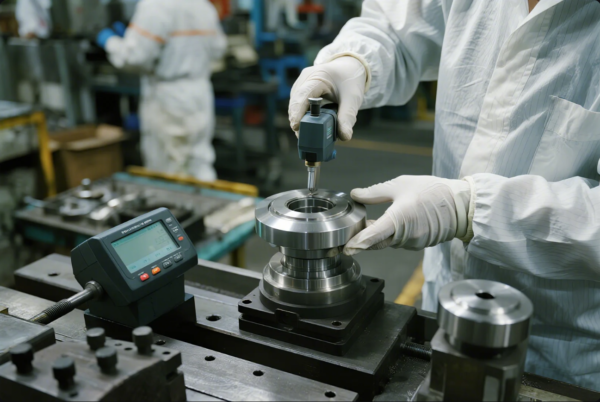
What Are the Four Major Parts of a Lathe Machine?
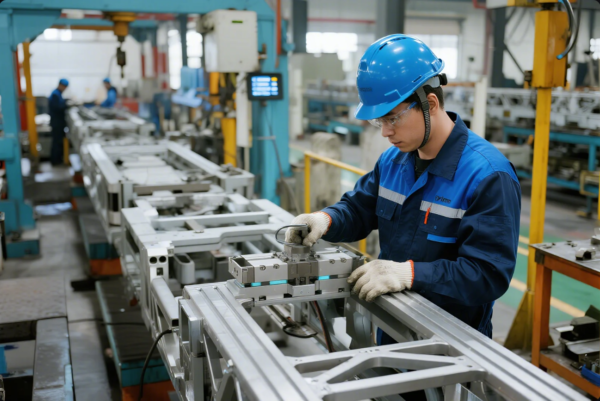
Focusing on four essentials—bed, headstock, tailstock, and carriage—lets you quickly evaluate any supplier’s offering. High-end brands like DMG Mori and Hardinge standardize on these parts.
- The bed must be engineered for both mass and rigidity, not just size.
- The headstock should feature easy spindle speed change, optional CNC, and digital spindle monitoring.
- The tailstock needs reliable locks and adaptable quill options for flexible use.
- The carriage should move smoothly and support rapid tool changes—critical in high-mix production.
Upgrade options at Prime include induction-hardened beds, modular tailstocks, and digital readout (DRO) carriages for high efficiency.
Detailed Function Analysis of Each Lathe Part
Bed: The Foundation
A lathe bed isn’t just a beam—it controls everything. Precision scraping, surface grinding, and stress-relief heat treatment all influence performance. Heavy beds reduce vibration and resist warping over years of use. Top suppliers like Mazak use FEA (finite element analysis) for design.
Headstock: The Powerhouse
Modern headstocks often have variable-frequency drives and high-precision bearings. A larger spindle bore allows bigger workpieces, while multi-gear systems support varied production. Buyers should request details on spindle runout and gear material (see reference).
Tailstock: The Supporter
Tailstocks aren’t just for support—they enable deep drilling, live centers, and tapping operations. Quick-lock and digital depth readout options speed up production and reduce error (see Royal Products).
Carriage: The Controller
The carriage integrates the cross-slide and compound rest. Automated versions have servo-driven axes and tool changers for CNC work. Buyers should ask about slideway materials, lubrication, and toolpost compatibility.
Lead Screw: The Precision Mover
A hardened lead screw ensures precise feed rates, which is vital for thread cutting and long, consistent runs. Check if your supplier offers ground threads and anti-backlash nuts for higher accuracy (learn more).

Materials and Precision Manufacturing in Lathe Parts
- Bed Materials: Cast iron is traditional for vibration damping, but steel beds are popular for high-speed or heavy-duty machines. Matmatch compares materials.
- Surface Treatment: Induction hardening, surface grinding, and coating are all available for wear surfaces (see process).
- Bearings: High-speed lathes require angular contact ball bearings, while heavy-duty ones use tapered roller bearings.
- Lubrication Systems: Automated lubrication reduces downtime and extends lifespan. Always ask your supplier about lubrication options.
- Quality Control: Prime uses 3D CMMs and digital micrometers for every critical part, ensuring full traceability and compliance (see ISO9001 details).
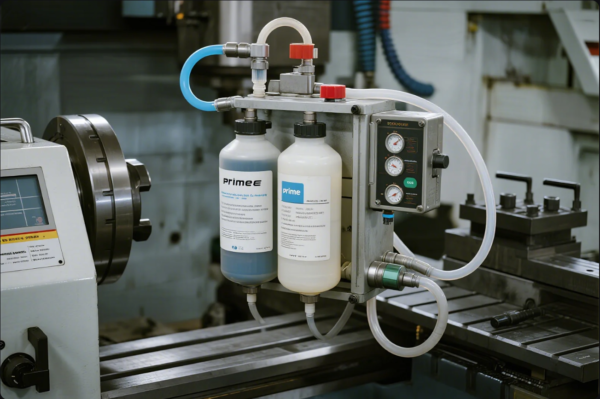
What Are the 7 Operations of a Lathe Machine?
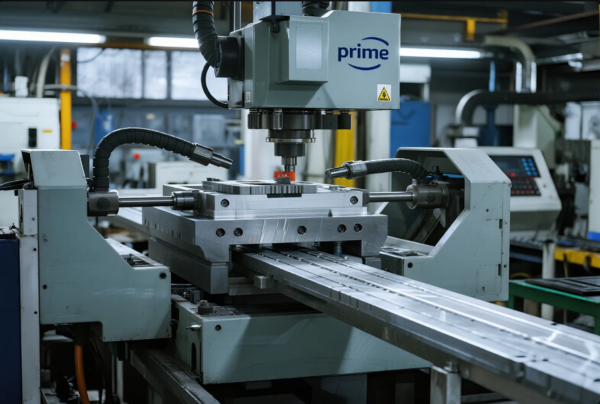
Knowing each operation lets you specify tooling, programming, and even part fixturing.
- Turning: Produces cylinders or tapers. The core operation, requiring rigid setup and sharp tools.
- Facing: Creates smooth, flat surfaces. Used for preparing stock ends or finishing.
- Parting: Cuts off sections with narrow tools. A stable parting blade holder prevents chatter (see guide).
- Grooving: Cuts recesses or slots. Depth and width control are essential (Sandvik).
- Knurling: Rolls patterns for grip. Proper setup prevents damage to the part surface (Practical Machinist).
- Drilling: Performed via tailstock, for accurate, centered holes.
- Threading: Forms external or internal threads, requiring careful synchronization of lead screw and spindle speed (The Engineers Post).
Advanced Operations
CNC lathes can also handle off-center drilling, polygon turning, and live tooling for cross holes (Fanuc America).
Essential Accessories and Upgrades for Metal Lathes
- Chucks: Three-jaw, four-jaw, and collet chucks (Gator Chuck). Quick-change chucks boost efficiency.
- Steady Rest & Follower Rest: For long or slender parts. Custom designs reduce vibration (Röhm).
- Digital Readout (DRO) Systems: For real-time measurement and improved repeatability (Newall).
- Tool Posts: Quick-change toolposts improve productivity (Aloris).
- Coolant Systems: Essential for high-speed and tough materials (CNC Cookbook).
- Automation & Bar Feeders: For large batch runs or lights-out manufacturing (LNS Group).

What Are the Two Ends of a Lathe Called?
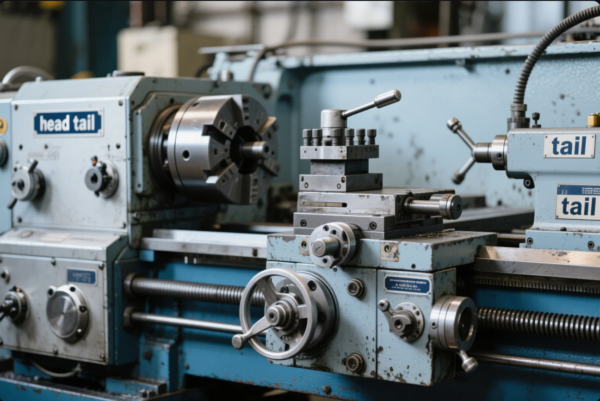
The two ends—headstock and tailstock—define the working area.
- Headstock: Mounts the workholding device and drives the spindle.
- Tailstock: Supports long parts or enables precision drilling/tapping.
Modern digital tailstocks can be CNC-driven for high-volume applications.
Lathe Maintenance, Safety, and Troubleshooting
Regular maintenance ensures consistent part quality and machine life:
- Lubrication: Check oil reservoirs, lines, and wipers weekly. Automatic systems reduce maintenance time.
- Alignment Checks: Use dial indicators or laser alignment for bed, headstock, and tailstock (see procedure).
- Chip Management: Swarf buildup can cause jams and fires. Use chip conveyors or regular manual cleaning.
- Electrical System: Check for loose wires or overheating.
- Safety: Always engage guards and check emergency stops before use (OSHA metalworking safety).
- Troubleshooting: Prime offers 24/7 tech support and can ship replacement parts within 48 hours globally.

FAQs
-
How do I ensure quality in custom lathe parts?
Partner with ISO 9001-certified factories, require pre-shipment inspection, and check full measurement reports. -
What’s better, manual or CNC lathe?
Manual is flexible and ideal for short runs or prototyping; CNC is best for consistency, speed, and automation. Haas CNC, Mazak. -
How do I select between different lathe suppliers?
Look for global references (Thomasnet), check certifications, review after-sales support, and request samples. -
Which industries use precision lathe parts?
Automotive, aerospace, energy, electronics, medical, and defense sectors. Automotive World, Medical Design Briefs. -
What’s the minimum order quantity at Prime?
Usually 100pcs, but custom projects are welcome. Contact for quote. -
Can I order with my company logo?
Yes, custom laser marking and branded packaging available. -
What payment terms are available?
T/T, L/C, PayPal, and Alibaba Trade Assurance. -
How fast can Prime deliver globally?
Standard lead time is 7-15 days. Rush and sea/air express available.
Conclusion
Mastering lathe parts, materials, operations, and upgrades gives you total control over sourcing and production. For personalized advice, rapid quotes, and a full range of B2B solutions, contact Prime at https://primecustomparts.com/ or [email protected]. Let’s build your competitive advantage together.
Explore more, ask for your free technical consultation, and discover why global buyers trust Prime for industrial solutions!


